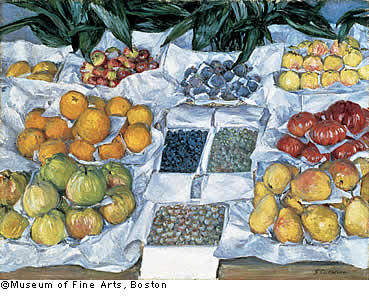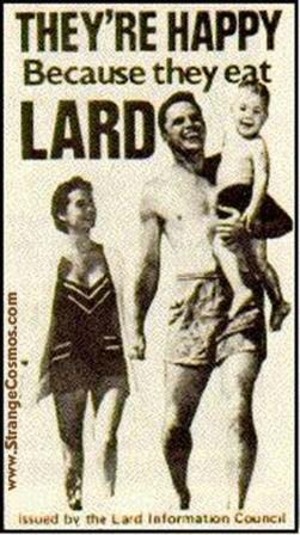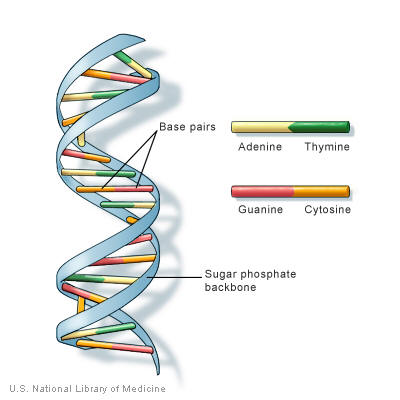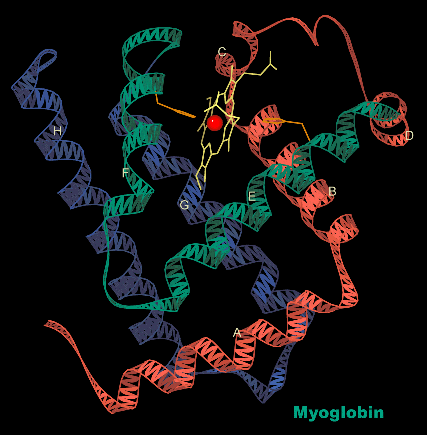
Molecules of the Body
I Organization of the Body
A. Chemicals �> cells �> tissues �> organs �> systems �> organism
II Body composition
A. Water (70-95% of body weight)
B. Organic compounds (carbon containing)
1. carbohydrates (sugars): soluble in water (hydrophilic)

a. monosaccharides (glucose, etc.)
b. polysaccharides (glycogen, starch)
c. energy source
b. C1H2O1
2. lipids (fats): insoluble in water (hydrophobic)
a. triglycerides (fats)

1. energy
2. saturated and unsaturated; Olestra
b. phospholipids
1. membranes
c. steroids
1. hormones, vitamin D, cholesterol
3. nucleic acids (DNA and RNA)
a. DNA
1. two strands of nucleotides in a double helix
2. replicates for cell division
3. directs cellular activity

b. RNA
1. single strand of nucleotides
2. used to help cell make proteins
4. proteins
a. made of amino acids linked together
c. many shapes = many functions

1. enzymes (-ase): increase rate of reaction
5. adenosine triphosphate (ATP)
|
|
When you have finished studying this material, you should be able to: - list the levels of organization in the body - distinguish between organic and inorganic compounds - describe the characteristics of water - define carbohydrate and its use in the body - explain what a lipid is and distinguish between its different uses in the body - compare and contrast carbohydrates and lipids - describe a protein and the roles proteins play in the body - define enzyme and describe what it does - distinguish between protein and enzyme - describe the differences between DNA structure and RNA structure - explain the differences between DNA function and RNA function - draw an ATP molecule and explain how it is used by the body |
return to A&P
return to A&P outlines
return to Homepage
Last Updated: 4/22/24